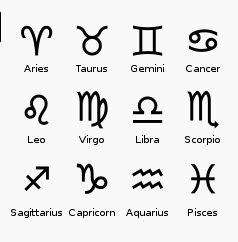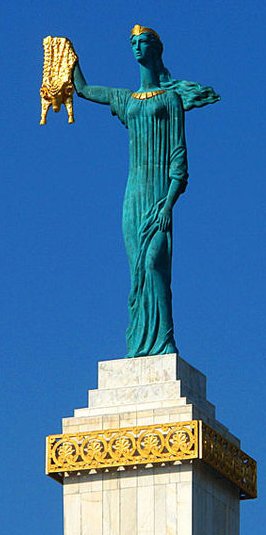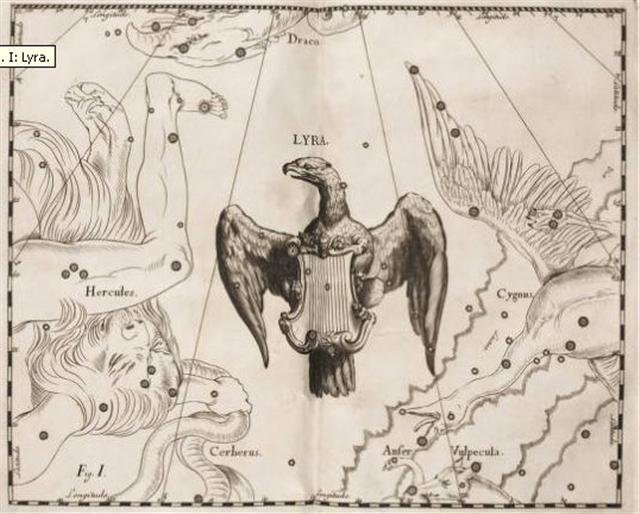Let's not forget our questions. As to the reason for 25 days in the 4th of the tresses,
we can compare with how the left foot of Castor (Alhena) was down in the Milky Way River - close to where the Charioteer demonstrated how his Horse was gone. Auriga looked back at Mother Goat (Capella), who rose at the same time as Rigel (the left foot of Orion).
The first type of 'cockroach', he makere, was among the stolen water yam roots, but not the 2nd type (he hata). The uhi list began on page E:62:
The design of Gb7-9 should be compared to that of the preceding glyph
which evidently was meant to indicate no longer any fire (→ 'needfire'). ... needfire ceremonies usually take place near the summer solstice (the Feast of St. John) ... but they occur in several other seasons as well. The summer date of the rite and its accompanying festival have to do, among other things, with fertility, as can can clearly be seen in a variant from the valley of the Moselle preserved for us by Jakob Grimm. Each household in the village was constrained to contribute a shock of straw to the nearby high place, Stromberg, where the males went at evening while the females went to a spring lower down on the slope. A huge wheel was wrapped with this straw. An axle run through the wheel served as the handles for those who were to guide it on its downward plunge. The mayor of a nearby town kindled the straw, for which office he was rewarded with a basketful of cherries. All the men kindled torches and some followed the burning orb as it was released downhill to shouts of joy. The women at the spring echoed these shouts as the wheel rushed by them. Often the fire went out of its own accord before it reached the river, but should the waters of the river extinguish it, an abundant vintage was forecast for that year ... And with the nakshatra system in mind we can then deduce that the broad vertical band in the glyphs should represent the path between the Sun (at the top) and the face of the Full Moon (at bottom).
When the Sun rose in the east and the Moon was at the horizon in the west it was Full Moon. The Full Moon was a result of the Sun being at the opposite side of the sky.
Looking anew at the Egyptian horizontal description above we can see the assymmetry between the great 'hole' at left and the somewhat smaller one in the west as a way to show similarity. 8 lines spreading out from the face of the Sun at left are contrasted with 8 contracting lines in the west. Later in Manuscipt E the type he makere was once again mentioned in the list of 'various things' - this time however together with the 2nd type of cockroach, he hata: ... Then the men came back for the hauhau tree, the paper mulberry tree,
and for all other things (i.e., plants) [ki te tahi mee tokoa]. Teke said to Oti, 'Go and take the hauhau tree, the paper mulberry tree, rushes, tavari plants, uku koko grass, riku ferns, ngaoho plants, the toromiro tree, hiki kioe plants (Cyperus vegetus), the sandalwood tree, harahara plants, pua nakonako plants, nehenehe ferns, hua taru grass, poporo plants, bottle gourds (ipu ngutu), kohe plants, kavakava atua ferns, fragrant tuere heu grass, tureme grass (Dichelachne sciurea), matie grass, and the two kinds of cockroaches makere and hata.' Oti and all his assistants went and took the hauhau tree with them. All kinds of things [te huru o te mee] (i.e., plants) and insects [?] were taken along ... [E:69] Whereas the twins he hauhau and he mahute were listed at the end of page E:69 →
the following 21 items were on the 2nd of the pages named E:68, respectively the 2nd of the pages named E:69 beginning with the last 3 of the items below:
If my right ascension day numbers have been counted correctly we will find the 16th item he hata in the day when the Full Moon was at Vega:
... Nut, whom the Greeks sometimes identified with Rhea, was goddess of the sky, but it was debatable if in historical times she was the object of a genuine cult. She was Geb's twin sister and, it was said, married him secretly and against the will of Ra. Angered, Ra had the couple brutally separated by Shu and afterwards decreed that Nut could not bear a child in any given month of any year. Thoth, Plutarch tells us, happily had pity on her. Playing draughts with the Moon, he won in the course of several games a seventy-second part of the Moon's light with which he composed five new days. As these five intercalated days did not belong to the official Egyptian calendar of three hundred and sixty days, Nut was thus able to give birth successively to five children: Osiris, Haroeris (Horus), Set, Isis and Nepthys ...
|
||||||||||||||||||||||||||||||||||||||||||||||||||||||||||||||||||||||||||||||||||||||||||||||||||||||||||||||||||||||||||||||||||||||||||||||||||||||||||||||||||||||||||||||||||||||||||||||||||||||||||||||||||||||||||||||||||||||||||||||||||||||||||||||||||||||||||||

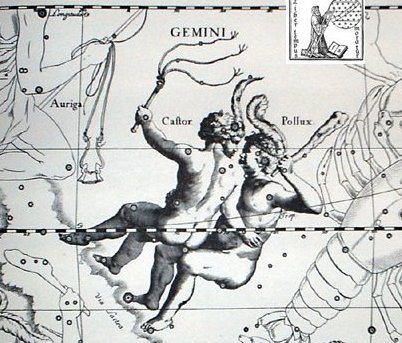



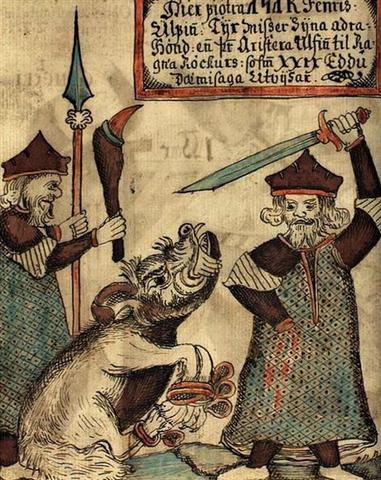
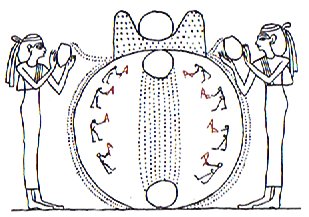
 .
.